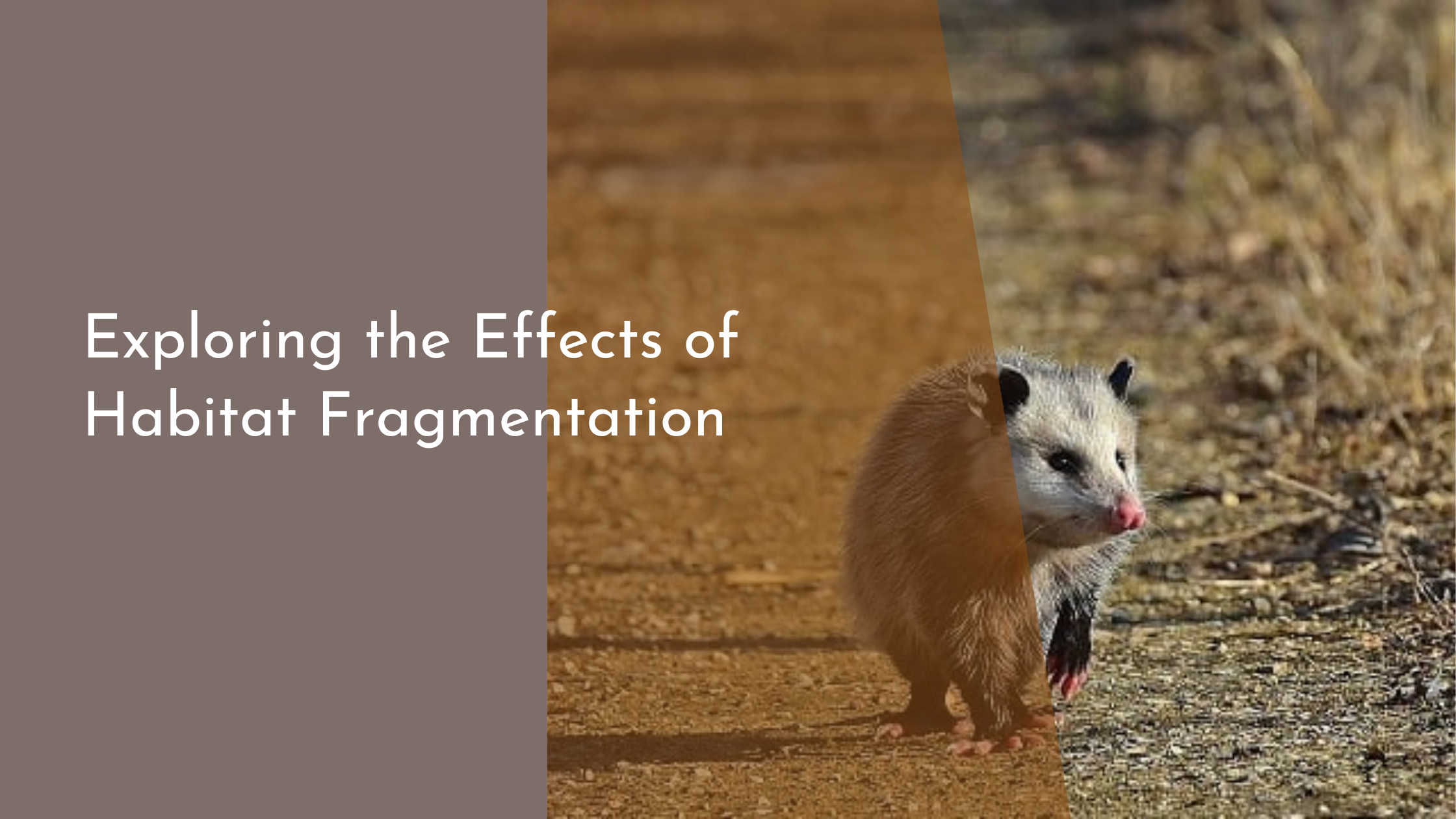Exploring the Effects of Habitat Fragmentation
Habitat fragmentation is a pressing ecological issue that affects ecosystems worldwide. As human populations grow and expand, natural habitats become increasingly divided, leading to significant challenges for wildlife and plant species. Understanding the basics, alongside the impacts and potential solutions, is crucial for mitigating the effects and fostering a more harmonious coexistence between human development and the natural world. In this article, we’ll explore the intricacies of habitat fragmentation, its implications, and the innovative ways communities and conservationists are addressing the challenge.
Understanding Habitat Fragmentation Basics
Habitat fragmentation occurs when large, continuous habitats are divided into smaller, isolated patches, typically due to human activities such as agriculture, urban development, and road construction. This process interrupts the natural landscape, creating barriers that hinder species movement and alter ecological processes. It’s important to note that fragmentation is not just about the physical separation of habitats, but also the degradation of the quality of the remaining habitat pieces, which often suffer from edge effects and increased human interference.
Fragmentation alters the dynamics of ecosystems, impacting everything from nutrient cycles to species interactions. When habitats become isolated, the genetic diversity within populations can decline, making species more vulnerable to diseases and environmental changes. Small, isolated populations are also more susceptible to extinction. Understanding these dynamics is essential for developing strategies to mitigate fragmentation’s adverse effects and ensure the survival of diverse species and ecosystems.
Key Impacts on Biodiversity and Ecosystems
One of the primary impacts of habitat fragmentation is the loss of biodiversity. As habitats shrink and become isolated, species lose access to essential resources such as food, shelter, and mates. This can lead to population declines, with some species unable to adapt to the newly fragmented landscape. Particularly vulnerable are large mammals and migratory species that require extensive territories to thrive. The loss of biodiversity can also weaken ecosystem resilience, making them less capable of withstanding environmental stresses such as climate change.
Beyond biodiversity, fragmentation affects entire ecosystems by disrupting ecological processes. For example, pollination and seed dispersal can decline in fragmented landscapes, affecting plant regeneration and leading to further habitat degradation. Changes in predator-prey dynamics can also occur, sometimes resulting in an overabundance of certain species and the decline of others, further destabilizing the ecosystem. Recognizing these impacts highlights the urgent need for effective conservation strategies.
Innovative Solutions to Combat Fragmentation
To combat the negative effects of habitat fragmentation, conservationists and planners are developing innovative solutions. One popular approach is the creation of wildlife corridors—strips of natural habitat that connect isolated patches, allowing species to move freely and maintain genetic diversity. These corridors can be as simple as a hedgerow or as complex as an overpass designed specifically for animal crossings. By facilitating movement, corridors help sustain populations and ecosystems.
Another promising solution is the use of technology to monitor and manage fragmented habitats. Satellite imagery and geographic information systems (GIS) allow conservationists to map habitat fragmentation accurately and assess its impacts. This data-driven approach enables targeted interventions, such as identifying critical areas for conservation or restoration. Additionally, community involvement in conservation initiatives can enhance their success, as engaging local populations fosters stewardship and cooperation in protecting natural habitats.
Celebrating Success Stories and Future Prospects
There are notable success stories worldwide where efforts to counteract habitat fragmentation have borne fruit. In Costa Rica, a country renowned for its biodiversity, extensive reforestation and the establishment of biological corridors have helped restore large swaths of fragmented forest. This has not only supported wildlife populations but also bolstered ecotourism, providing economic benefits to local communities. Such initiatives highlight the power of collaboration and holistic planning in conservation.
Looking to the future, there is a growing emphasis on landscape-level conservation planning, which considers entire ecosystems rather than isolated fragments. This approach promotes sustainable development by integrating ecological, social, and economic goals. By prioritizing nature-based solutions and fostering global cooperation, there is hope for reversing the detrimental effects of habitat fragmentation. As awareness and innovation continue to grow, the prospect of healthier, more connected ecosystems becomes increasingly attainable.
While the challenges posed by habitat fragmentation are significant, there is also a tremendous opportunity for positive change. Through understanding, innovation, and collaboration, we can create a future where biodiversity thrives alongside human development. As we celebrate success stories and continue to explore new solutions, the path forward becomes clearer. By working together, we can ensure that our planet’s rich tapestry of life remains vibrant for generations to come.


